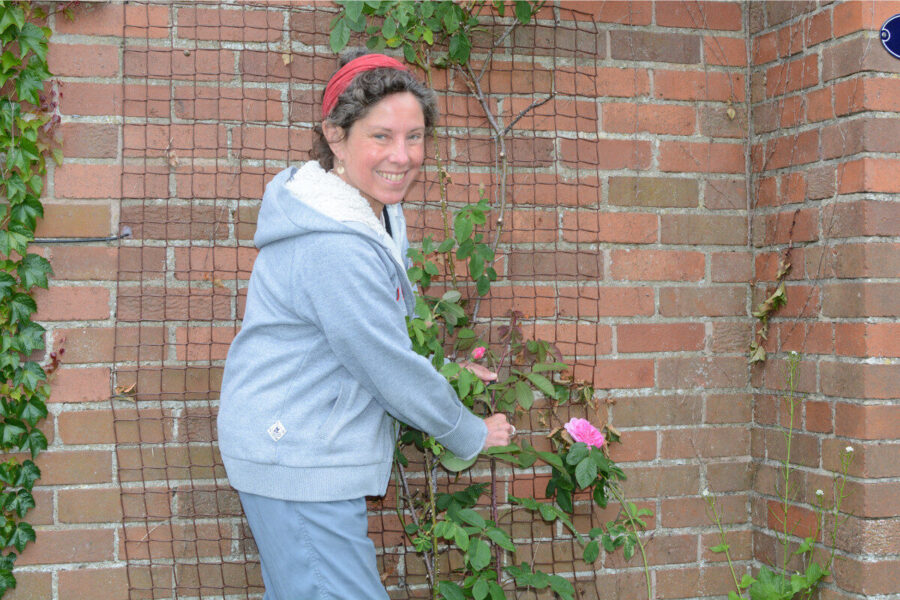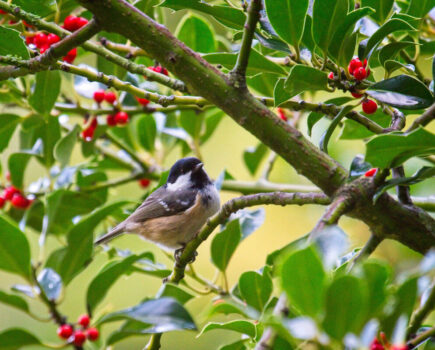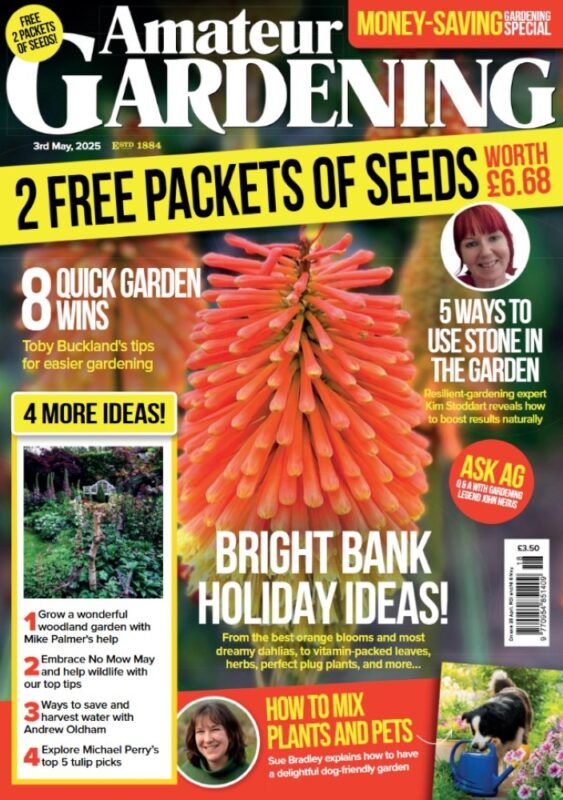Easy ways to help precious plants thrive without chemicals
One of the things I love best about gardening is that it always has something to teach you – no matter how many green-fingered years you have under your belt.
This was brought home to me this spring when I planted out a couple of young echinaceas I grew from seed last year. They were – still are – robust plants that returned strongly after dying back in winter and I assumed they would thrive in the garden.
They had other ideas! Maybe they weren’t ready, maybe the soil was too dry after the dry spring, because no matter how much I watered them, their leaves went sad and droopy.
In the end I dug them up again, repotted all the echinaceas in fresh compost and popped them in the cold frame where once again they are thriving. Maybe I’ll try again in the autumn, or give them one more winter in the greenhouse.
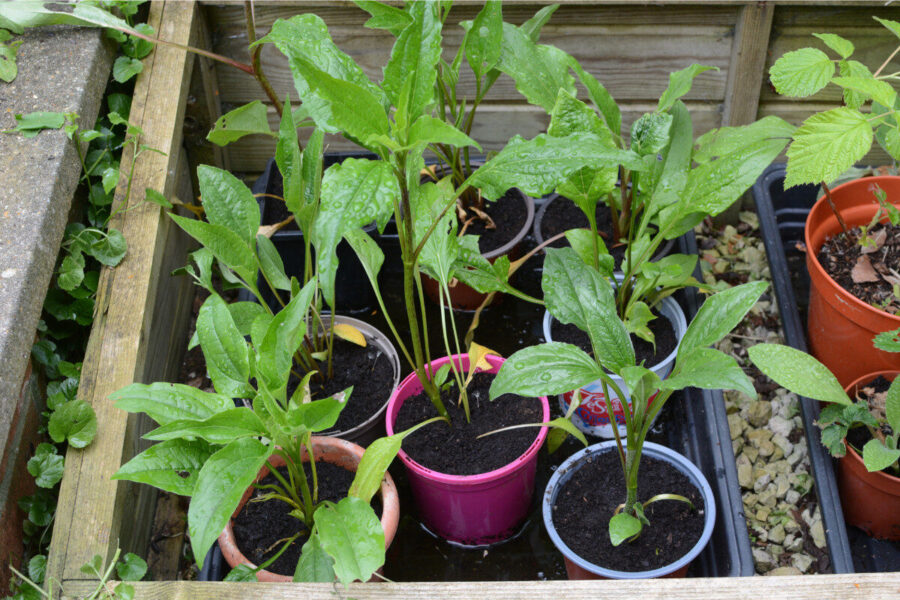
Mercifully, I’m having less trouble with our roses, which are growing strongly and filling the garden with colour and scent.
Chemical-free disease controls
We’ve been watering them more than usual because the soil is so dry, even though we’re added lots of well-rotted compost and manure to beef it up and help it hold onto moisture.
Last winter I also cleared the beds where the roses grow, and mulched their roots generously, to help prevent fungal diseases such as powdery mildew and black spot.
I don’t use chemical sprays, but instead remove and dispose of black spot-affected leaves, collecting any that have already dropped, then adding a layer of mulch to bury disease spores so they can’t be splashed back onto the roses when it rains. It doesn’t always work but I can tolerate a few black spots if it means having a chemical-free garden.
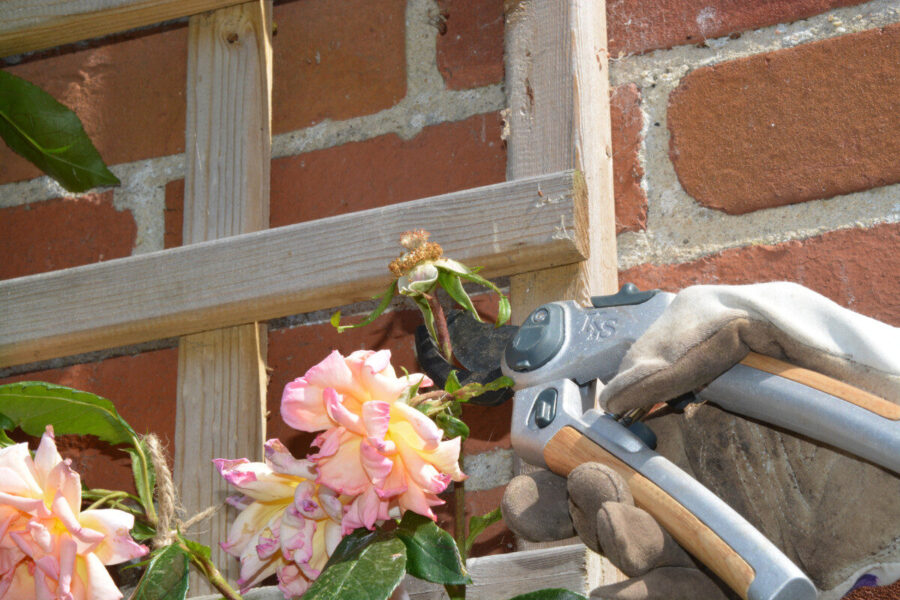
One of the benefits of not using chemicals is the proliferation of wildlife, particularly insects.
We have several species of solitary bees hanging out in the garden, and one of the most fascinating are the leaf-cutters that nibble notches out of our rose leaves.
They nest in holes, which the female bees line with the pieces of leaf taken from nearby plants. The removal of pieces of leaf doesn’t damage the plant or impinge upon its growing potential; in fact it’s rather lovely to think of the bees making their homes somewhere around our garden – now what I really want to do is catch them in the act of cutting leaves!
Keeping roses healthy
Four tasks to do this summer
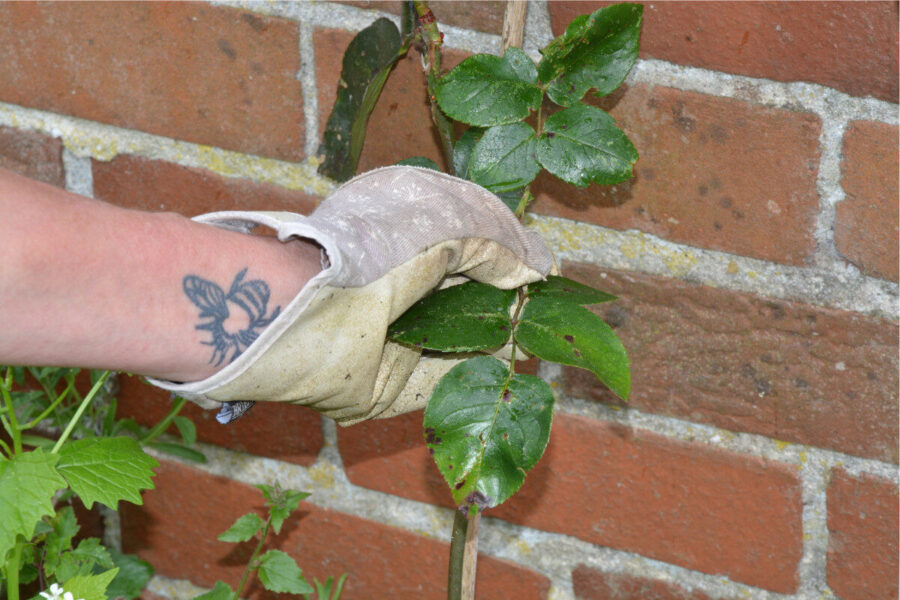
1. Remove and bin leaves affected with black spot – never add them to the compost.
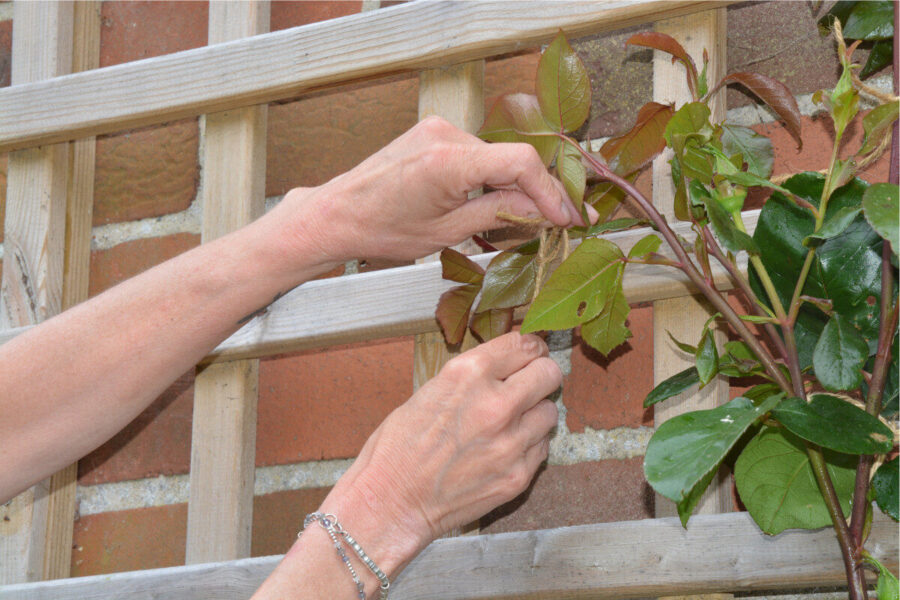
2. Tie in the new growth of climbing and rambling roses to keep them neat and train them in the direction you wish them to grow.
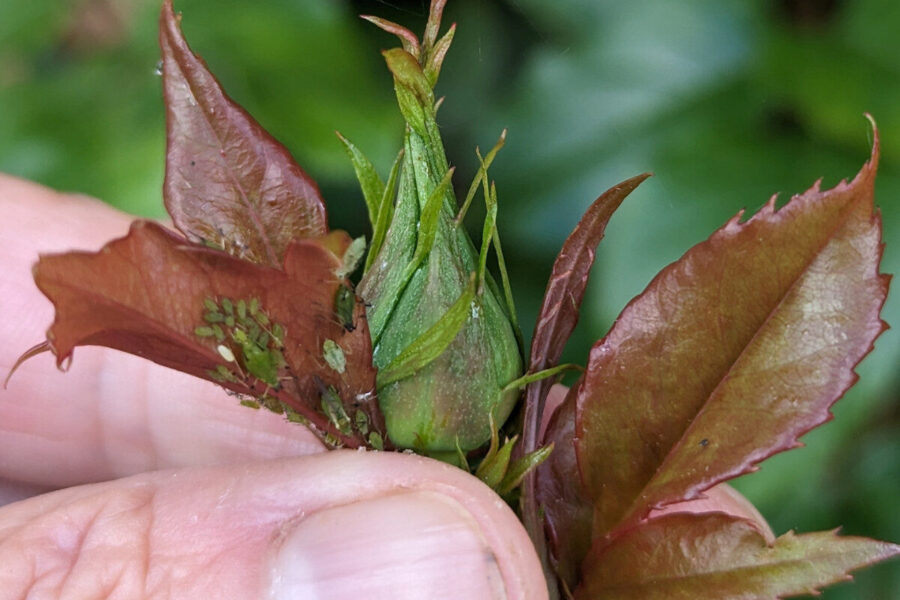
3. Squish aphids before they become an infestation, but leave some for the birds and larvae of ladybirds and hoverflies.

4. Balling is when unopened petals fuse together in wet weather. Good ventilation helps buds dry faster and can lessen the risk.
Find more tips, advice and articles like this at the Amateur Gardening website. Subscribe to Amateur Gardening magazine now

